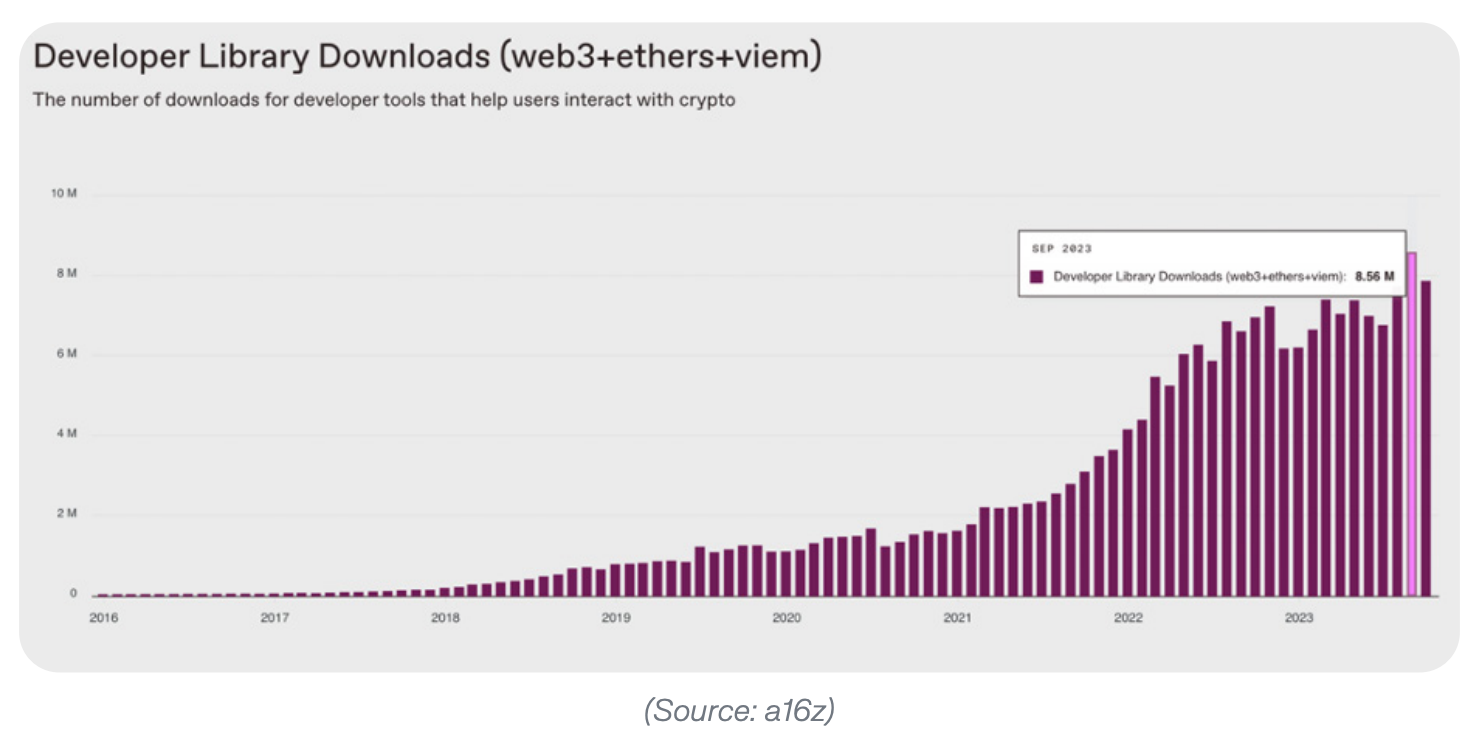Early experiments with synthetic controls and causal inference
We’ve been thinking a lot about advanced metrics lately. We want to get better at measuring how specific types of interventions impact the public goods ecosystem.
For example, we frequently seek to compare the performance of projects or users who received token incentives against those who did not.
However, unlike controlled A/B testing, we’re analyzing a real-world economy. It's impossible to randomize treatment and control groups in a real-world economy.
Instead, we can use advanced statistical methods to estimate the causal effect of treatments on target cohorts while controling for other factors like market conditions, competing incentives, and geopolitical events.
This post explores our early experiments with synthetic controls and causal inference in the context of crypto network economies.


